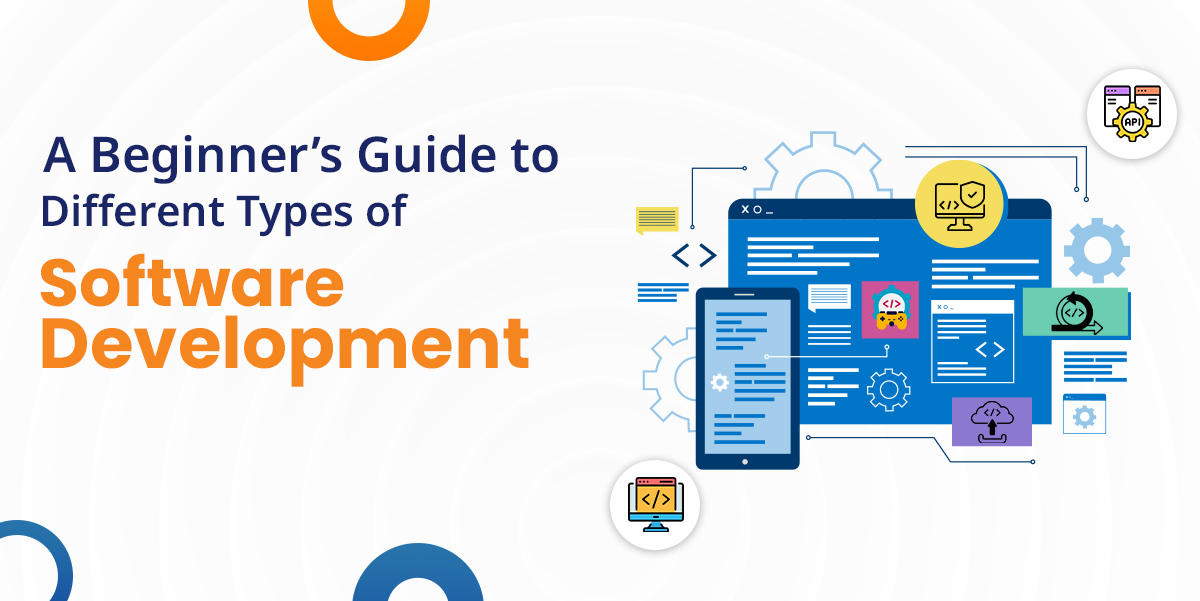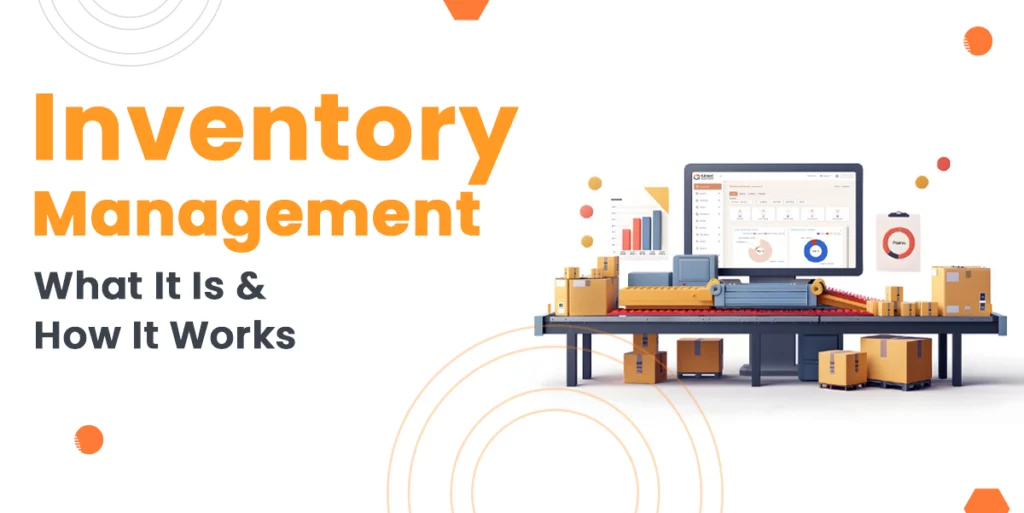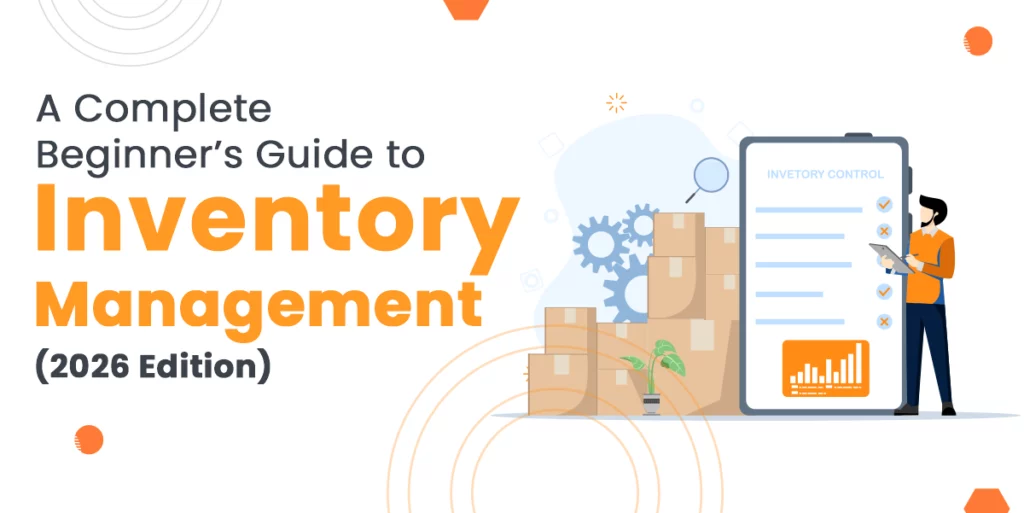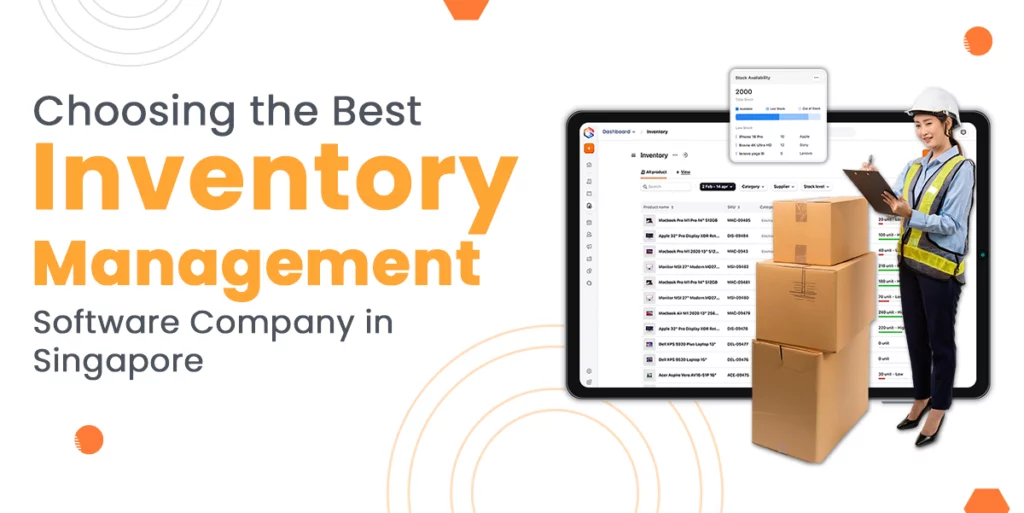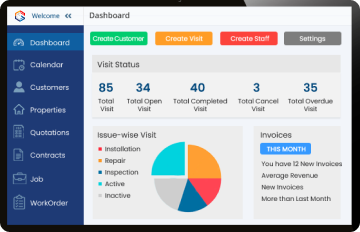Getting started in tech can feel overwhelming, especially with so many paths to choose from. That’s where understanding the different types of software development becomes important.
In this blog, we’ll break down the most common development roles from front-end and back-end to game, mobile and cloud development so you can see how each one works and what makes it unique. Whether you’re just starting or exploring career options then learning these roles helps you find the right fit based on your interests and skills.
By understanding how apps, websites, and systems are built behind the scenes, you’ll be able to make smarter choices as you begin your tech journey and move confidently toward the path that suits you best.
1. Front-End Development
Front-end developers make up the part of an app or website that you can see and touch. They draw buttons, choose colours and build menus you can click. They use special tools like HTML, CSS and JavaScript to make things look fun and easy to use. Among the many types of software development, this one brings your creativity right to the screen. Every scroll, swipe and tap connects users directly with the developer’s work.
- Front-end devs often use design systems and UI libraries like Bootstrap or Material UI.
- They handle browser compatibility so websites work the same on Chrome, Safari, and others.
- Responsive design means making apps that look good on any screen big or small on phones, tablets or computers.
- They also write test scripts to check if buttons, forms, and menus behave properly.
2. Back-End Development
Back-end developers work on the hidden part of an app as the part you don’t see. When you log in to a game or save something, the back-end takes care of your data. It keeps it safe, organises it and sends it where it needs to go. They use special coding languages like Python, Java and PHP to make sure everything works well.
- Back-end devs often work with frameworks like Django, Spring Boot or Express.js.
- They set up APIs to help the front-end talk to the server.
- Data caching tools like Redis are used to make apps run faster.
- Monitoring tools like Prometheus or Grafana help track app performance and errors.
This field is key in connecting the various types of software development together. Even if it’s hidden as it drives most app functions and supports full systems.
3. Full-Stack Development
Full-stack developers do both jobs as they work on the front-end (what you see) and the back-end (what you don’t see). They build the whole app from start to finish. It’s one of the most flexible software development types which gives you experience across all layers of an app.
- Full-stack devs often use platforms like MERN (Mongodb, Express, React, Node.js).
- They manage both user experience and server logic, switching between them easily.
- Time management and task juggling are key to balancing full-stack roles.
- They often follow DevOps practices like continuous integration and automated testing.
4. Mobile App Development
Mobile developers shape, code and launch apps for smartphones and tablets. They use languages like Swift (for iPhones) and Kotlin (for Android phones) or tools like Flutter and React Native.
- Mobile devs test apps on multiple devices and screen sizes to avoid bugs.
- Push notifications, camera access and location services are handled through mobile SDKs.
- They often publish apps to stores like Google Play or Apple’s App Store by following strict rules.
- Mobile devs also work with native tools like Android Studio or Xcode.
If you enjoy building things that people use every day on the go, mobile is a strong contender in different types of software development careers.
5. Desktop Software Development
Desktop developers craft programs that run on computers and laptops. These apps don’t live in the cloud as they stay right on your device.
- They often use platforms like Electron for cross-platform desktop apps.
- Desktop devs handle deep integration with the OS like printing or file access.
- Tools like Visual Studio and Qt help build powerful, interactive desktop software.
- Installers and auto-update systems must be designed to keep apps fresh and user-friendly.
6. Web Development
Web developers build, link and shape websites from the ground up. They blend front-end and back-end work to create complete sites that people visit every day.
- Web developers also make sure websites are easy for everyone to use including people with disabilities.
- They handle user authentication such as sign-ups and password recovery.
- Web sockets are used to add real-time features like chat and live updates.
- They use content management systems (CMS) like WordPress for blog or news-style sites.
7. Database Development
Database developers work with information. They build systems to store and organise things like your name, game score, or saved pictures in an app. They use special tools like SQL and MongoDB to keep data neat, safe and easy to find.
- They create stored procedures and triggers to automate database tasks.
- They balance speed vs. accuracy when handling big data queries.
- They track performance bottlenecks using profiling and query plans.
- They also set up replication to keep data synced across multiple servers.
8. API Development
API developers make it easier for apps to talk to each other. They create tools that let apps share information, like a special language so the apps can stay connected and work together.
- They use REST or GraphQL to build flexible data-sharing systems.
- They manage API keys and rate limits to control access.
- They may design APIs as “microservices” that focus on small, reusable tasks.
- They often collaborate closely with front-end teams to match app needs.
Among the different types of software development, API roles are central to making large systems work like a single team.
9. Game Development
Game developers dream, design and code fun and exciting games. They use tools like Unity, Godot or Unreal Engine to build worlds with characters, sound and action.
- They use artificial intelligence for smart enemy behaviour and player interaction.
- They design level editors to let teams or players build their own content.
- They use game design loops to keep players engaged over time.
- They optimise frame rate and memory usage for smoother play, especially on low-end devices.
10. Embedded Systems Development
Embedded developers code, fit and control tiny devices like smartwatches, ovens or car sensors. These machines need small, special programs to work and embedded developers write that code.
- They deal with sensors and actuators to handle physical inputs and outputs.
- Many embedded systems require secure boot to prevent hacking at the hardware level.
- Code size matters as a few extra lines could break the system.
- Debugging is harder because these devices often don’t show clear errors.
11. Cloud Development
Cloud developers build and manage apps on the cloud as powerful computers you can use from anywhere. They use platforms like AWS, Azure or Google Cloud to run websites, apps and store data.
- They often use Infrastructure as Code (IaC) tools like Terraform or CloudFormation.
- Cloud-native apps are broken into smaller parts called microservices.
- They simulate load testing to ensure apps don’t crash under pressure.
- They handle container orchestration which makes sure apps run in little “boxes” (containers) everywhere.
12. Security Software Development
Security developers lock, protect and shield software from danger. They write strong code that stops hackers, blocks viruses and guards personal information.
- They use tools like static code analysers to catch issues early in development.
- They implement multi-factor authentication systems for stronger login security.
- They simulate cyberattacks (like DDoS or SQL injection) to test app defences.
- They keep up with global security standards like OWASP Top 10 and GDPR.
Looking to Start Your Tech Journey?
Discover where you fit in the world of software development by learning what each role has to offer. Whether you’re starting out or planning your next step, understanding these paths can help you to make smarter career choices.
At Genic Solutions, we believe in turning curiosity into opportunity. Our insights into tech roles can guide you toward the area that matches your skills and passion.
Want to build your future in tech with confidence? Start your journey today and find the software development path that’s right for you.

